
PUMPA - SMART LEARNING
எங்கள் ஆசிரியர்களுடன் 1-ஆன்-1 ஆலோசனை நேரத்தைப் பெறுங்கள். டாப்பர் ஆவதற்கு நாங்கள் பயிற்சி அளிப்போம்
Book Free DemoRudyard Kipling talks about machines and how they are manufactured, along with a message for human beings in the poem 'The Secret of the Machines'. The poem is written in such a way that it appears as though the machines speak for themselves to the readers. From their perspective, it is the machines that speak about how they were made, their purpose, their take on human beings etc. The machines are personified in the poem as they are given lives, and they address the readers directly.
The first stanza speaks of how machines are made or created from scratch. Machines are just equipment made by human beings to make their jobs easier. Different machines are aligned to perform different tasks. In the earlier days, human beings did most of the labour manually. Especially during the 19th century, after the World wars, most countries started using machines profusely. In Britain, this wave was called Industrial Revolution. Various Industries, including the cotton mill, the sewing machine, Telegraph, Steam engine etc., were invented in this century. Before this period, men invented machines to destroy, such as machine guns, whereas in that period, machines aided human tasks.
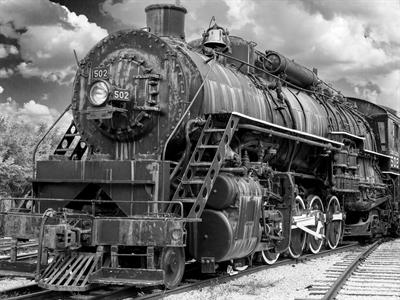
Steam Engine
The machines begin from scratch by saying that they were first taken from the ore-bed and the mine. Ores are natural rocks from which the minerals needed, such as iron, is extracted. In order to make machines, raw materials are needed. It can also be extracted from mines, dug from underground passages. It is then heated in a furnace or the pit to melt the mineral to make it into the material. Once the material gets extracted and heated, it needs to get a form according to the expected task. It is wrought and hammered to get it into a shape. Machines like wheels, pulleys, and levers need to be hammered. Various processes like cutting, filing are made to make the tools perfect. The thickness and texture are gauged to fit to do the tasks.
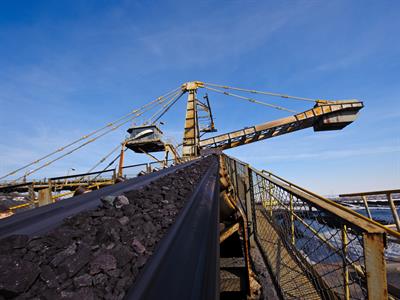
Extraction of minerals
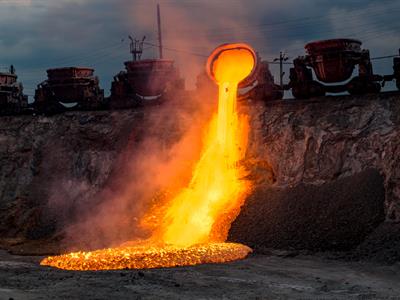
Melting of minerals in furnace
The machines address the human world first by narrating their origin story as to how they were extracted and given form. The second stanza consists of details about what they require to function properly from the material world. It is not just enough that the machines are made; instead, some efforts need to be put into work efficiently. The machines that are mentioned in the poem are the ones that are capable of performing high functions, such as in factories and industries. Even in the case of human beings, one needs some kind of fuel in the form of food and water to go about the routine tasks.
Machines need fuel to go on and perform tasks. Different machines have different requirements. But predominantly, the fuel that runs them is coal, water, or oil. Coal is mostly used in high-end machines such as water carters, cement productions etc. Although it seems like a very common element, water is essential for even the working of trains, flights, cars, power stations etc. Oil helps in the flexibility of the machines. The machines say that if they are given the requirements, they would only move their parts a thousandth of an inch, meaning it would only take a short time to work quickly. And with all this, they are set to a task, and they can even work twenty-four hours a day.
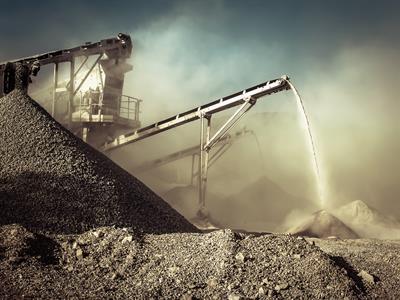
Cement production from coal
The machines then explain the various tasks that they are capable of performing. They can perform high-end jobs that men cannot easily do, such as lifting heavy objects, pushing, pulling and driving huge objects like tanks. They can print papers, plough fields, weave clothes, which is impossible for humans. They can transport people to places with bikes, cars, flights, ships, as can they race, swim, fly and dive. Machines have also aided in academics to a great level, such that a normal person would take time to do calculations and accounts, compared to a calculator. They have also aided in all human activities such as reading, writing, hearing etc.
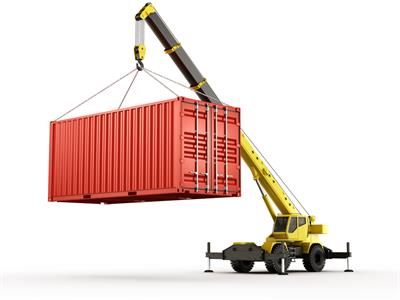
Crane lifting heavy objects
The machines explain their purpose, history, needs and requirements to help the life of human beings get easier. Machines are invented for the feasibility of manual labour. It saves time to a greater extent and requires minimum effort from the side of humans. It can do almost every task in the material world and replace manual labour. But the machines themselves remind the readers of one thing - that they live by one specific law: they cannot think or feel like a human. They can only obey commands and work based on predetermined functions and settings. They are programmed to complete specific tasks, and they work on them.
The machines can comprehend orders and not human emotions. For example, they do not care if the owner lies to them or speaks the truth. But humans, on the contrary, can understand the intensity of someone lying and reciprocate with disappointment. Humans understand feelings such as love, forgiveness etc. The major and the finest difference between humans and machines is that they cannot ever express such complex and yet beautiful things like love, pity, empathy etc. This is what makes us stand apart. The machines can also be dangerous, as it does not understand indirect commands and has no pity or gratitude. If one command goes wrong, then it can kill its own creator. The kill indicated here can mean literally or damaging one's work.
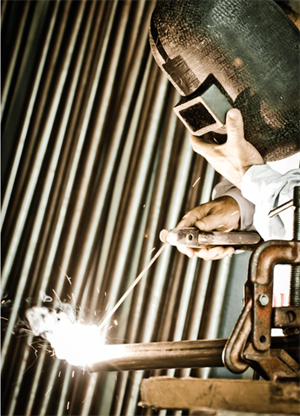
Machines can cause danger
The machines convey a strong message about humanity and the misuse of technology. They give a symbolic statement that the cloud of smoke that they release can only blind the humans for a brief time span. They say that their work and output is temporary, and the stars will shine again, meaning the reality might hit even if it is late. The machines attribute all due credit to the human mind, as they are the reason behind creating the machines. Irrespective of their power, weight and force, the machines are only the product of the human brain. The machines are only the children of the human brain such that without humans, they are nothing.
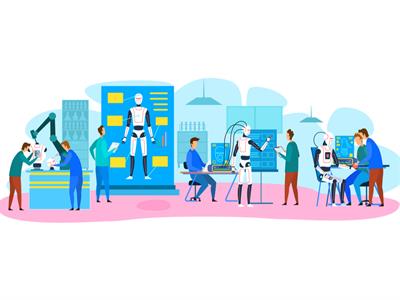
Machines are outcomes of human brain